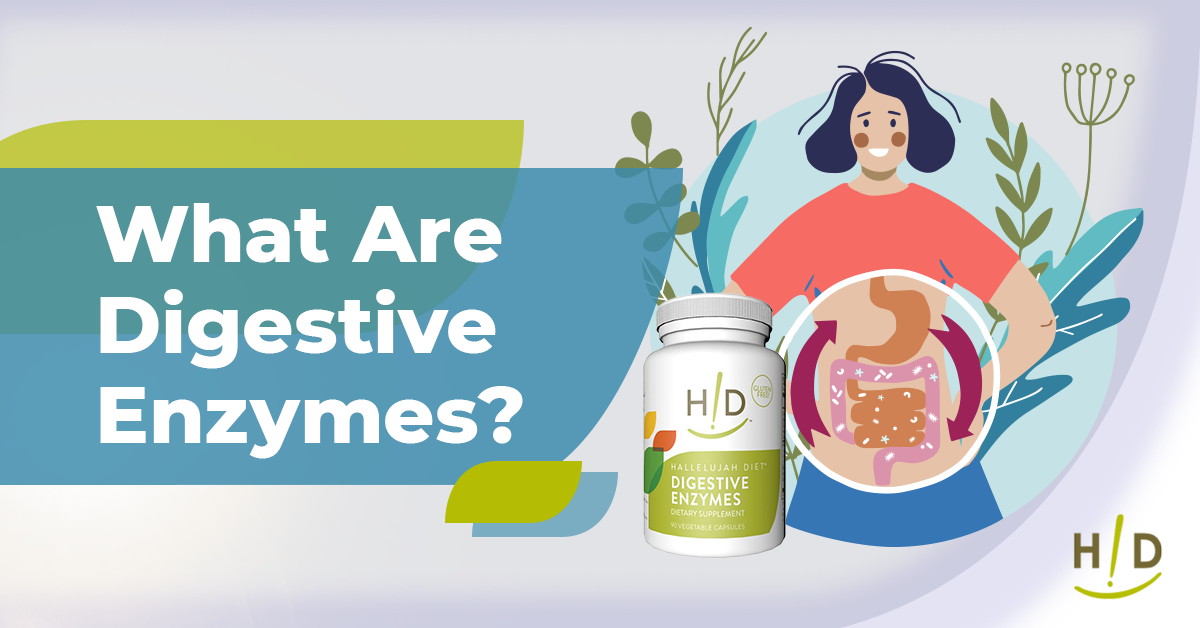Have you noticed that as you age, and you cut yourself or have a wound from another injury, that it seems to take much longer to heal than when you were younger?
Whether it is a cut or a graze or a full-blown wound, you can begin by using an antibacterial silver ointment to protect it from infection and allow the body to begin the recovery without added problems. This silver ointment will not accelerate any healing but will prevent further infection.
Accelerate Healing with These Natural Remedies
A variety of herbs, supplements, and plants can speed up healing and prevent infection naturally.
- Honey
- Chamomile
- Aloe Vera
- Zinc
- Tea Tree Oil
- Garlic
- Calendula
- Marshmallow Root
- Cayenne Pepper
- Potato
- Lavender
- Goldenseal
- Coconut Oil
- Witch Hazel
- Juniper Leaves & Berries
- Comfrey Root
- Colloidal Silver
- Proper Diet







